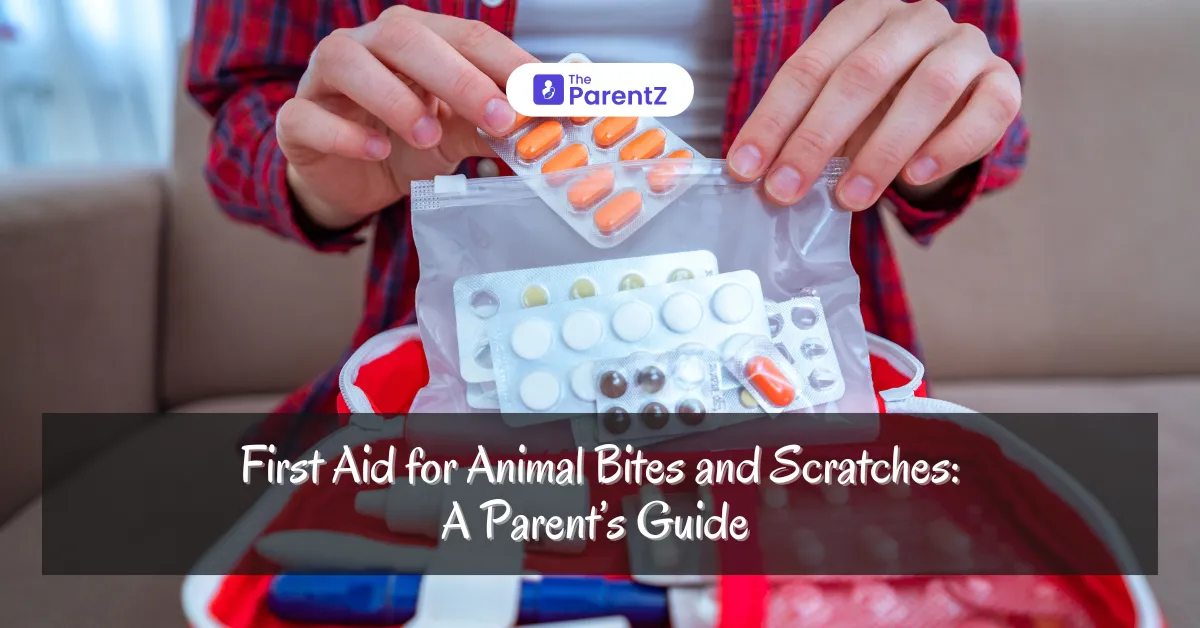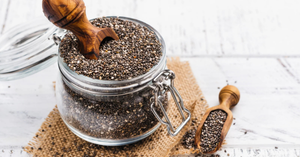What to Do First: Animal Bites and Scratches
Animal bites and scratches are common injuries, especially for children who are naturally curious and adventurous. Whether caused by a family pet, stray animal, or wild animal, it’s crucial to take prompt action to minimize the risk of infection, disease transmission, and further complications. Knowing the correct first aid steps for these injuries can help ensure your child’s safety and well-being.
Types of Animals That May Cause Bites or Scratches
While many animals are domesticated, bites and scratches can also occur from wild or unfamiliar animals. Common sources of animal bites and scratches include:
• Dogs and Cats: Family pets or stray animals can bite or scratch, especially if they are startled or feel threatened.
• Rodents: Squirrels, rats, and other rodents may bite when cornered or frightened.
• Wild Animals: Bites from animals like raccoons, foxes, or bats can occur if your child comes into contact with them.
Though not technically bites or scratches, insect stings from bees, wasps, and mosquitoes can lead to allergic reactions or infections.
Immediate First Aid Steps for Animal Bites and Scratches
If your child is bitten or scratched by an animal, it’s important to act immediately to reduce the risk of infection and complications. Follow these essential first aid steps:
1. Stay Calm and Ensure Safety: Keep calm and ensure that both you and your child are safe from the animal. If the animal is still nearby, ensure that it is removed from the environment. Avoid handling the animal, especially if it is wild or unpredictable.
2. Clean the Wound Immediately:
• For Scratches: Gently clean the scratched area with soap and warm water. Rinse thoroughly to remove any dirt, bacteria, or saliva that may have been transferred.
• For Bites: Clean the bite with soap and water as soon as possible. For deeper or larger bites, ensure that you wash the wound for at least 5–10 minutes. This helps to reduce the chances of infection.
• Use Antiseptic: After cleaning, apply an antiseptic solution, such as iodine or hydrogen peroxide, to the wound to further reduce the risk of infection.
3. Stop Bleeding: If the wound is bleeding, apply gentle pressure with a clean cloth or sterile gauze to stop the bleeding. Keep the pressure on the wound for several minutes if necessary.
4. Apply a Clean Bandage: Once the bleeding has stopped, cover the wound with a clean, sterile bandage. Avoid using dirty or unsterile materials to prevent infection.
5. Elevate the Wounded Area: If the bite or scratch is on a limb and is swollen, elevating the area can help reduce swelling and pain.
6. Watch for Signs of Infection: Over the next few days, monitor the wound for signs of infection, including redness, swelling, increased pain, or discharge. If these symptoms appear, seek medical attention immediately.
When to Seek Medical Attention
While most minor animal bites or scratches can be treated at home, there are situations where you must seek immediate medical help. You should always consult a healthcare professional if:
• The Wound Is Severe: If the bite or scratch is deep, large, or in a sensitive area (e.g., face, eyes, or genitals), it’s important to see a doctor immediately.
• The Animal Is Wild or Unvaccinated: If the animal was wild, stray, or may not have been vaccinated against rabies (especially dogs), seek medical help as soon as possible. Rabies is a potentially fatal disease that can be transmitted through bites and scratches.
• Infection Signs Appear: If the wound shows signs of infection (such as pus, fever, or increased redness), consult a healthcare provider for proper treatment.
• The Bite Was from a Dangerous Animal: Some animals, such as snakes, certain spiders, or other venomous creatures, may require urgent medical care.
Preventing Infections and Further Injury
1. Tetanus Vaccination: If the bite or scratch is caused by a dirty or rusty object (e.g., from a bite by a stray dog or a wild animal), you may need a tetanus booster shot. Tetanus bacteria can enter the body through open wounds and cause serious infections.
2. Rabies Exposure: If bitten by a stray or wild animal, especially one that may have exhibited abnormal behavior (e.g., foaming at the mouth, aggression), immediate treatment with rabies post-exposure prophylaxis (PEP) is required. This involves a series of rabies vaccinations to prevent the onset of the disease.
3. Monitor for Allergic Reactions: In some cases, a bite or scratch from an insect or animal can cause an allergic reaction. Symptoms may include hives, swelling, or difficulty breathing. If these occur, seek emergency medical attention immediately.
Long-Term Care After Treatment
Once the initial first aid steps are completed, it’s essential to continue monitoring the wound for any long-term complications. Some things to keep in mind:
• Keep the Wound Clean: Continue cleaning the wound daily with mild soap and water, and reapply antiseptic ointment as needed.
• Watch for Scarring or Keloids: Depending on the severity of the bite or scratch, some scarring may occur. Consult a healthcare provider if there is a concern about the appearance of the wound or if it becomes hypertrophic (raised scar).
• Prevent Recurrence: Teach children how to safely interact with animals, emphasizing the importance of not approaching strange or potentially dangerous animals. Ensure that pets are vaccinated, and avoid areas where wild animals are likely to be present.
Conclusion
Animal bites and scratches, while common, should never be taken lightly. Prompt and appropriate first aid treatment can help prevent infection, reduce pain, and ensure that the injury does not lead to more serious health issues. Always clean the wound, stop any bleeding, and seek medical attention if necessary. Educating your children about how to safely interact with animals can significantly reduce the risk of such injuries. With proper care and precaution, most animal bites and scratches can be effectively treated and healed.








Be the first one to comment on this story.